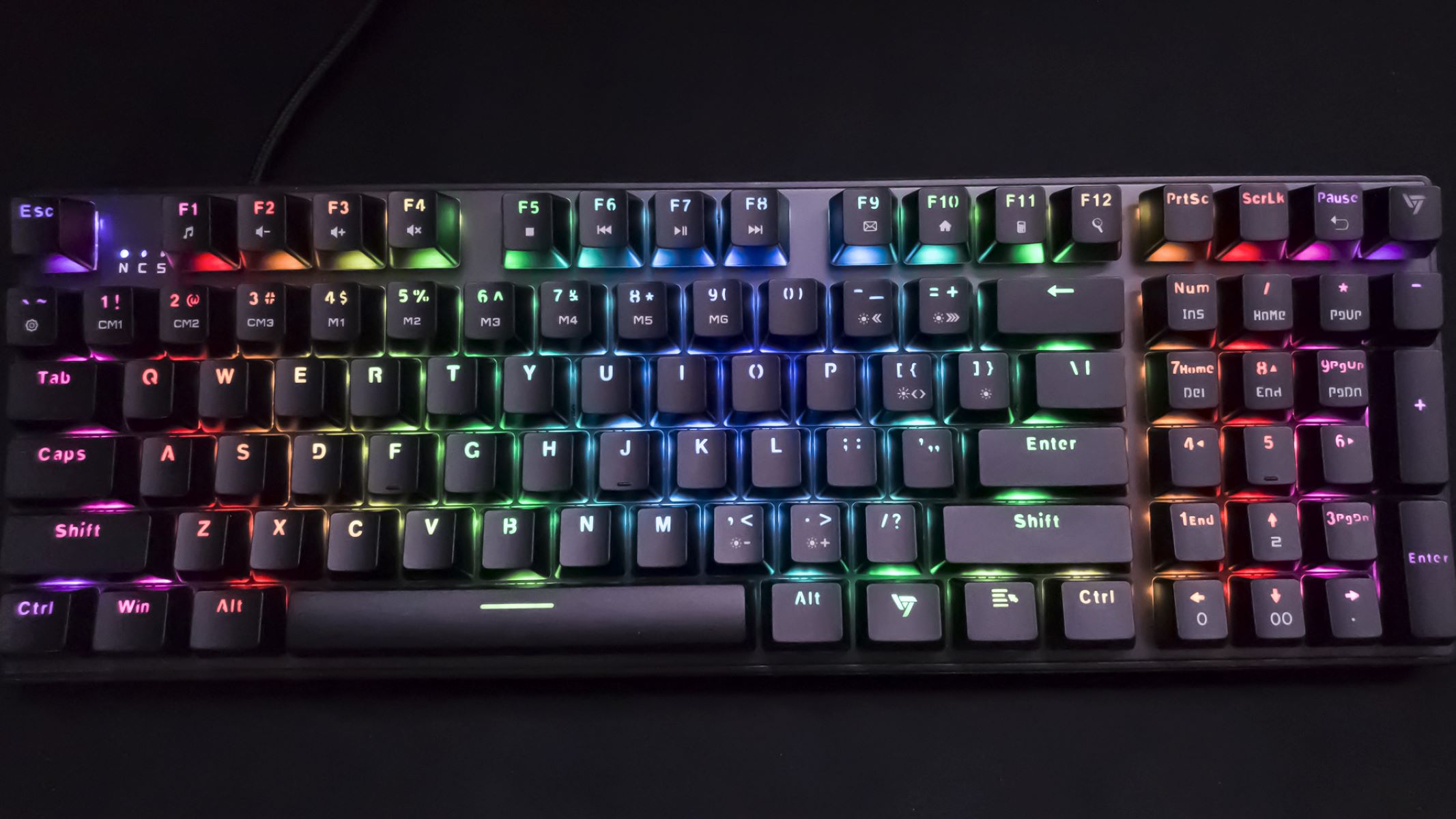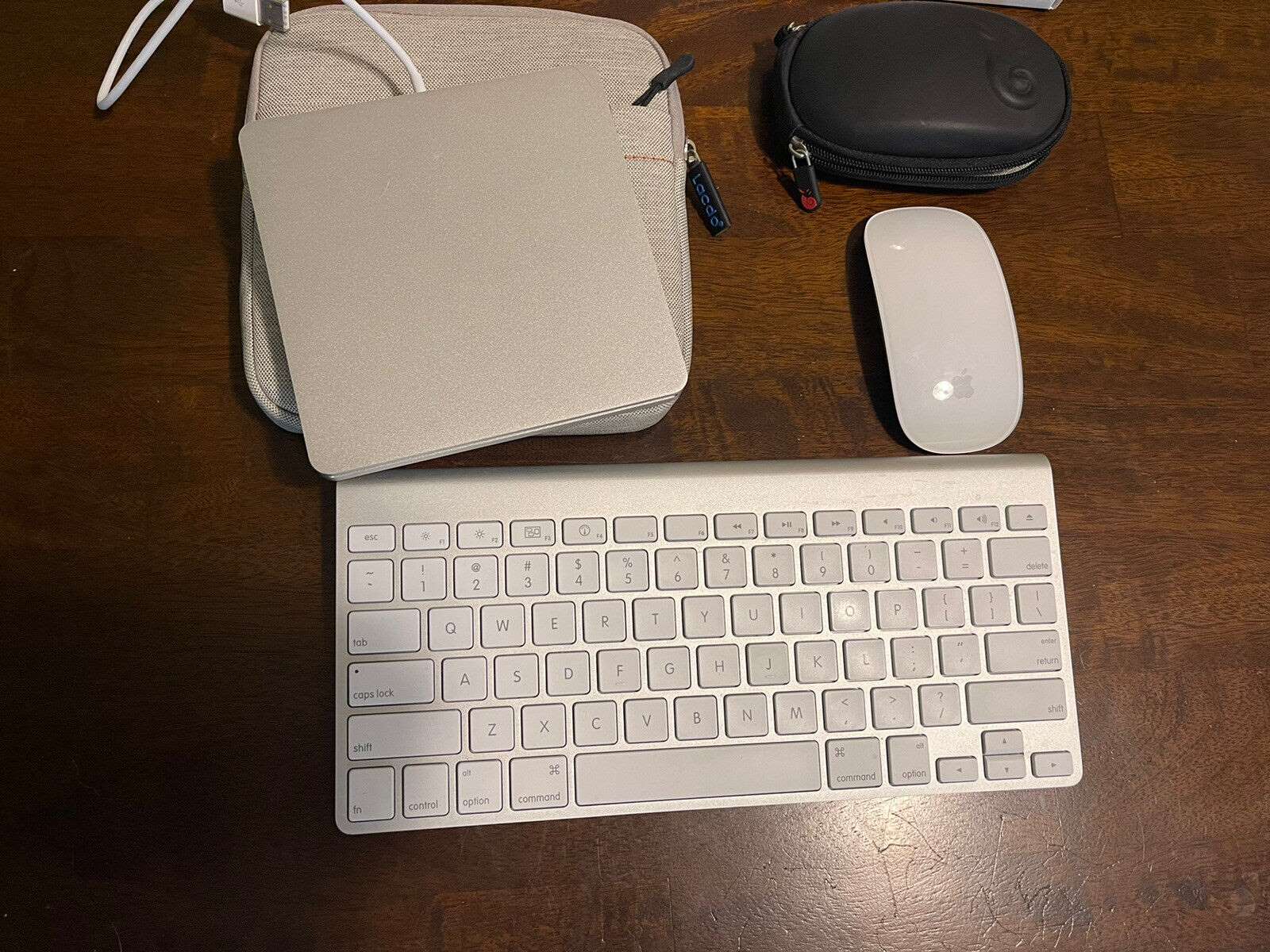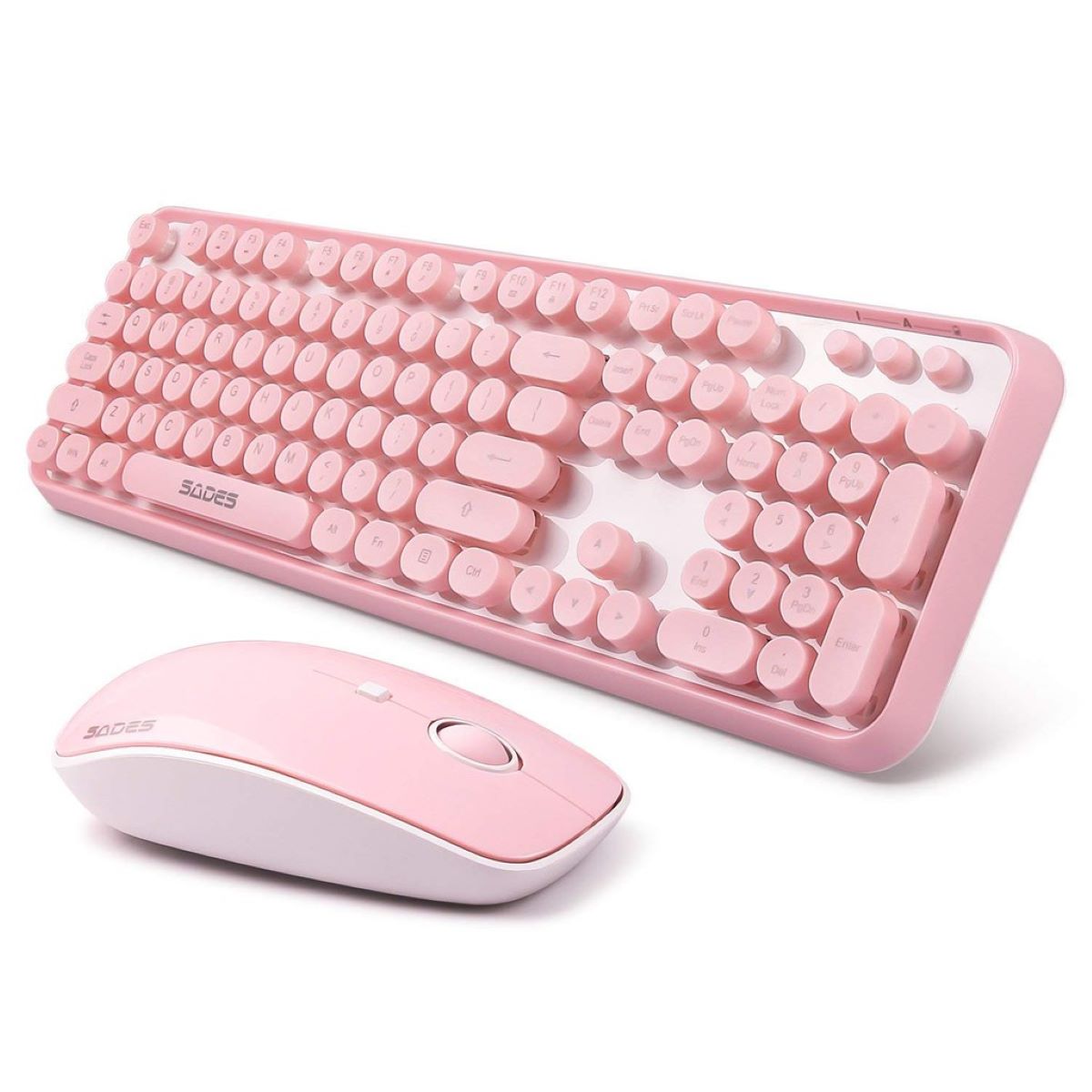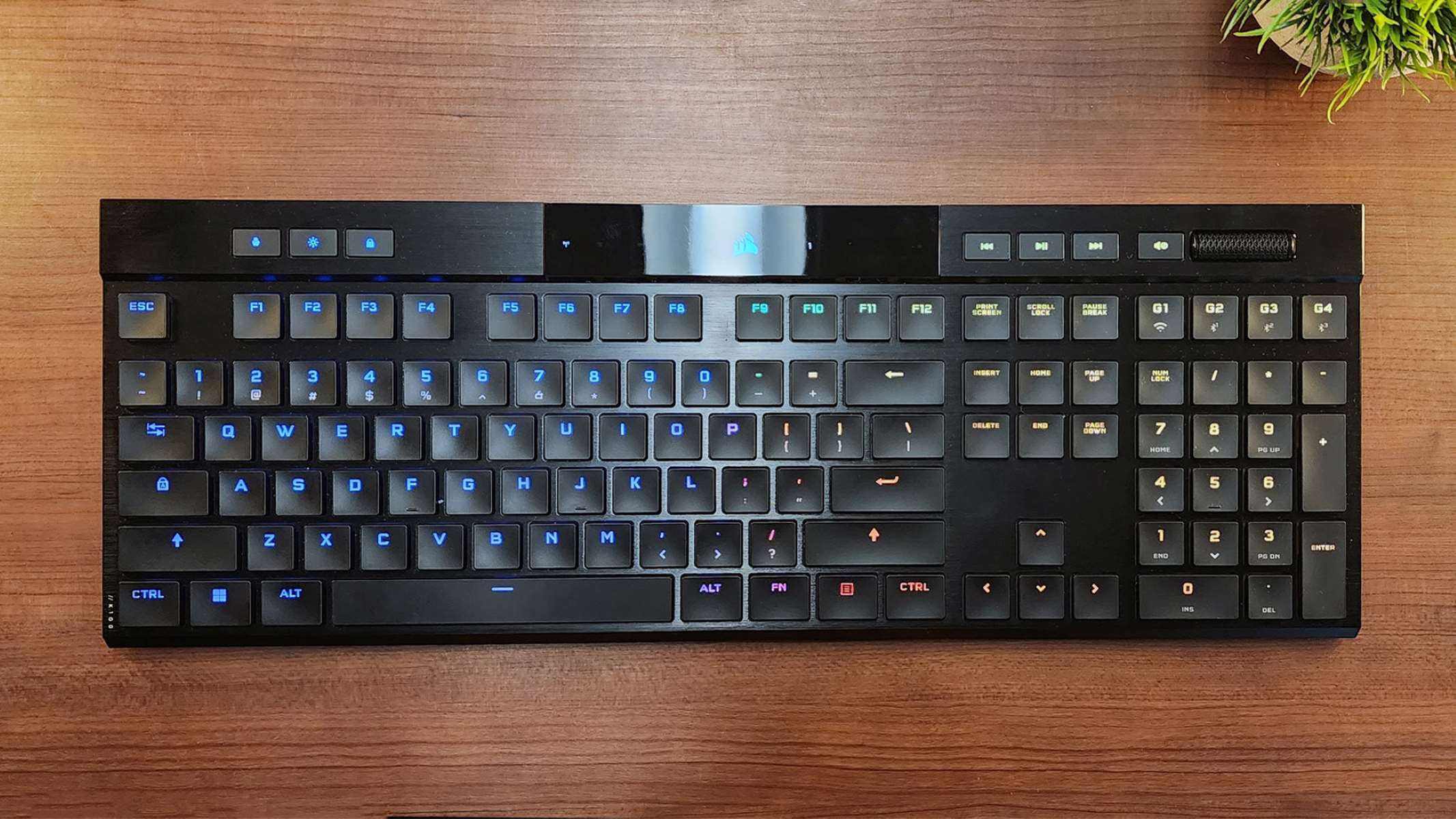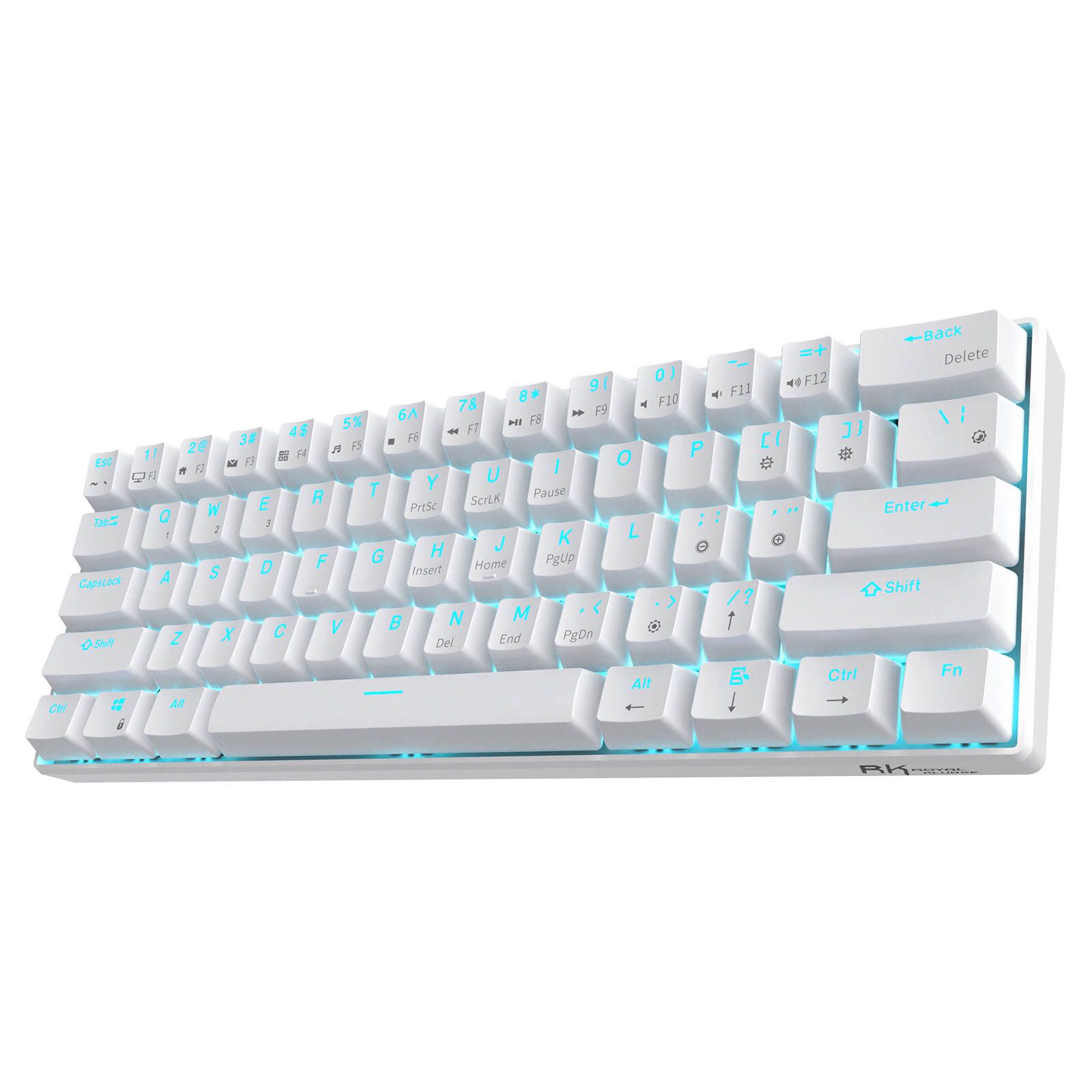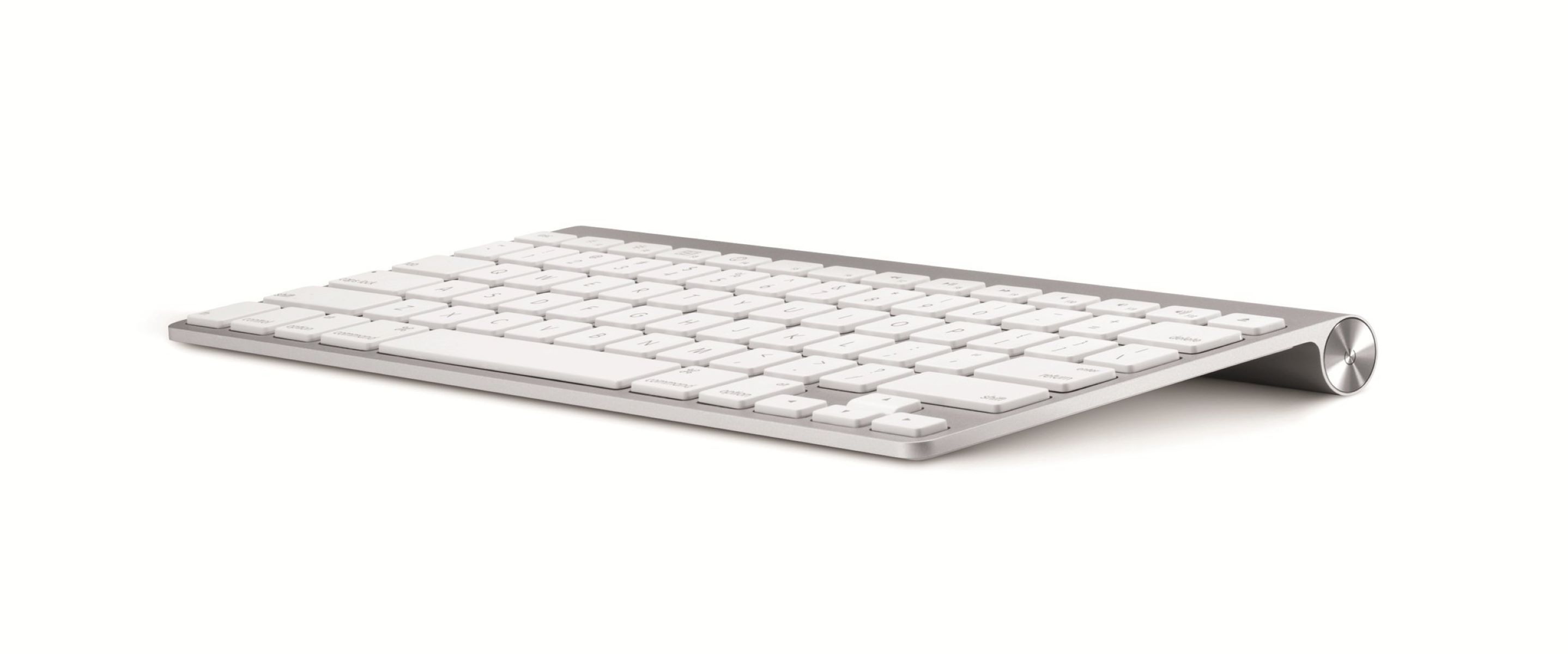Introduction
Dealing with a glitchy mouse pad on your laptop can be a frustrating experience, hindering your productivity and causing unnecessary stress. However, before succumbing to the temptation of replacing the entire laptop or seeking professional assistance, there are several troubleshooting steps you can take to potentially resolve this issue. By following these simple yet effective methods, you may be able to restore the functionality of your mouse pad and regain seamless control over your laptop navigation.
Whether the mouse pad is unresponsive, erratic, or overly sensitive, these troubleshooting techniques can help address the underlying causes of the problem. From physical obstructions to software-related issues, we will explore various potential solutions to rectify the glitchy behavior of your laptop's mouse pad. By systematically examining and addressing each possible cause, you can significantly increase the likelihood of resolving the issue without incurring unnecessary expenses or inconveniences.
Let's embark on this journey to troubleshoot and resolve the glitchy mouse pad on your laptop, empowering you to regain control and efficiency in your daily computing activities. Whether you are a seasoned tech enthusiast or a novice user, these troubleshooting methods are designed to be accessible and effective, enabling you to take charge of the situation and restore the optimal functionality of your laptop's mouse pad.
Check for Physical Obstructions
When confronted with a malfunctioning laptop mouse pad, the first step is to inspect for any physical obstructions that may be impeding its functionality. Over time, dust, crumbs, or other debris can accumulate around the edges of the mouse pad, potentially causing erratic behavior or unresponsiveness. To address this, gently turn off the laptop and use a soft, lint-free cloth to carefully clean the surface of the mouse pad, ensuring that no foreign particles are affecting its operation.
Furthermore, examine the area surrounding the mouse pad for any signs of damage or irregularities. In some cases, loose components or minor damage to the laptop's casing near the mouse pad can interfere with its performance. By conducting a thorough visual inspection and tactile assessment, you can identify and address any physical issues that may be contributing to the glitchy behavior of the mouse pad.
If the laptop has been subjected to accidental spills or exposure to moisture, it is crucial to address any potential liquid damage that may be affecting the mouse pad. In such instances, it is advisable to seek professional assistance to assess and mitigate the impact of liquid exposure on the internal components of the laptop, including the mouse pad.
By diligently checking for physical obstructions and addressing any visible issues, you can eliminate potential external factors that may be causing the glitchy behavior of the laptop's mouse pad. This proactive approach sets the stage for further troubleshooting steps to effectively resolve the issue and restore seamless functionality to the mouse pad.
Update or Reinstall Mouse Drivers
Outdated or corrupted mouse drivers can often lead to erratic behavior and functionality issues with the laptop’s mouse pad. To address this, begin by checking for driver updates through the device manager or the laptop manufacturer’s official website. By ensuring that the mouse drivers are up to date, you can potentially resolve compatibility issues and improve the overall performance of the mouse pad.
If updating the drivers does not yield the desired results, consider reinstalling the mouse drivers to eliminate any potential corruption or conflicts. To do this, navigate to the device manager, locate the mouse or pointing device category, and uninstall the drivers. Afterward, restart the laptop to allow the system to reinstall the drivers automatically. Alternatively, you can download the latest drivers from the manufacturer’s website and install them manually to ensure a clean and updated driver configuration.
In some cases, third-party software or system updates may inadvertently interfere with the mouse drivers, leading to erratic behavior. By reverting to a previously stable version of the drivers or performing a clean reinstall, you can effectively troubleshoot and address any software-related issues that may be affecting the functionality of the mouse pad.
By proactively updating or reinstalling the mouse drivers, you can eliminate potential software-related causes of the glitchy behavior and restore the optimal functionality of the laptop’s mouse pad. This systematic approach to driver maintenance and troubleshooting can significantly improve the responsiveness and accuracy of the mouse pad, enhancing the overall user experience.
Adjust Mouse Settings
Customizing the mouse settings on your laptop can play a pivotal role in mitigating the glitchy behavior of the mouse pad. By accessing the mouse settings through the control panel or system preferences, you can fine-tune various parameters to optimize the responsiveness and accuracy of the mouse pad.
Begin by adjusting the sensitivity and speed settings to suit your preferences. If the mouse pad is overly sensitive or unresponsive, modifying these settings can help achieve a more balanced and precise navigation experience. Experiment with different sensitivity levels and cursor speeds to find the optimal configuration that aligns with your usage patterns and comfort.
Furthermore, explore additional settings related to gestures, scrolling behavior, and multi-touch functionality if applicable to your laptop’s mouse pad. By customizing these settings, you can tailor the user experience to align with your specific workflow and interaction preferences, potentially addressing any underlying issues contributing to the glitchy behavior of the mouse pad.
In some instances, enabling or disabling certain features such as palm detection or tap-to-click functionality can significantly impact the overall performance and reliability of the mouse pad. By carefully adjusting these settings, you can fine-tune the behavior of the mouse pad to minimize unintended inputs and enhance its responsiveness.
Additionally, consider experimenting with different driver settings or utility software provided by the laptop manufacturer to further customize and optimize the functionality of the mouse pad. These specialized tools often offer advanced configuration options that can address specific issues related to cursor behavior, palm rejection, and gesture recognition, providing a comprehensive solution to the glitchy mouse pad problem.
By methodically adjusting the mouse settings and exploring the available customization options, you can tailor the behavior of the laptop’s mouse pad to align with your preferences and usage requirements. This proactive approach empowers you to optimize the functionality of the mouse pad and address any underlying issues contributing to its glitchy behavior, ultimately enhancing your overall computing experience.
Clean the Mouse Pad
Regular cleaning and maintenance of the laptop’s mouse pad can significantly contribute to resolving glitchy behavior and ensuring optimal functionality. Over time, the accumulation of dirt, oil, and residue on the surface of the mouse pad can impede its responsiveness and accuracy, leading to erratic behavior and unresponsiveness. By incorporating simple cleaning practices into your routine, you can effectively mitigate these issues and maintain the reliability of the mouse pad.
Begin by turning off the laptop and using a soft, lint-free cloth dampened with a mild cleaning solution to gently wipe the surface of the mouse pad. Ensure that the cloth is not excessively wet, as moisture can potentially damage the internal components of the mouse pad. By carefully removing any accumulated grime and residue, you can restore the smooth and consistent operation of the mouse pad.
In cases where stubborn stains or residue persist, consider using specialized electronic cleaning wipes or pads designed specifically for laptop surfaces. These cleaning products are formulated to effectively remove dirt and residue without causing damage to the sensitive components of the mouse pad, providing a safe and efficient cleaning solution.
For laptops equipped with textured or patterned mouse pads, pay particular attention to cleaning along the grooves and edges to ensure thorough removal of debris. Additionally, inspect the perimeter of the mouse pad for any signs of wear or damage that may be contributing to its glitchy behavior, addressing any visible issues as part of the cleaning process.
Incorporate regular maintenance and cleaning of the laptop’s mouse pad into your overall device care routine to prevent the accumulation of debris and preserve its optimal functionality. By adopting these simple yet effective cleaning practices, you can proactively address potential causes of glitchy behavior and maintain a reliable and responsive mouse pad for your daily computing needs.
Reset the Laptop
When confronted with persistent glitchy behavior in the laptop’s mouse pad, performing a system reset can serve as a comprehensive troubleshooting step to address underlying software-related issues and restore the device to a stable state. Before proceeding with a system reset, it is essential to back up important files and data to prevent any potential loss during the process.
Begin by initiating a soft reset of the laptop, which involves shutting down the device, disconnecting all external peripherals, and removing the battery if it is removable. After a brief interval, reinsert the battery (if applicable) and restart the laptop. This initial step can help alleviate temporary software glitches and restore normal operation to the mouse pad and other system components.
If the glitchy behavior persists, consider performing a system restore to revert the laptop to a previous state where the mouse pad functioned reliably. Access the system restore utility in the control panel or settings menu, and select a restore point that predates the onset of the mouse pad issues. Follow the on-screen prompts to initiate the restoration process, allowing the system to roll back to a stable configuration.
In more severe cases of persistent glitches or software-related issues, a factory reset or system recovery may be necessary to fully address the underlying causes of the malfunctioning mouse pad. Prior to initiating a factory reset, ensure that all essential data is securely backed up, as this process will restore the laptop to its original factory settings, erasing all installed applications and personal files.
Following the completion of the reset process, carefully monitor the functionality of the mouse pad to determine if the glitchy behavior has been successfully resolved. By systematically resetting the laptop and restoring it to a stable state, you can effectively address software-related issues that may be impacting the performance of the mouse pad, ultimately restoring seamless navigation and control to your computing experience.
Conclusion
Addressing a glitchy mouse pad on a laptop demands a systematic and proactive approach to troubleshooting, encompassing both hardware and software considerations. By checking for physical obstructions, updating or reinstalling mouse drivers, adjusting mouse settings, cleaning the mouse pad, and performing a system reset, you can effectively tackle the underlying causes of the malfunction and restore optimal functionality to the mouse pad.
Through diligent inspection and cleaning, you can eliminate physical obstructions and maintain the integrity of the mouse pad surface, ensuring consistent and reliable performance. Additionally, updating or reinstalling mouse drivers provides a crucial opportunity to address software-related issues that may be contributing to the glitchy behavior, enhancing compatibility and stability.
Customizing mouse settings to align with your preferences and usage patterns empowers you to tailor the behavior of the mouse pad, optimizing its responsiveness and accuracy. Furthermore, incorporating regular cleaning practices into your device care routine can prevent the accumulation of debris and preserve the optimal functionality of the mouse pad.
In cases where persistent glitches persist, performing a system reset can serve as a comprehensive troubleshooting step to address software-related issues and restore the laptop to a stable state. By systematically resetting the laptop and restoring it to a stable configuration, you can effectively address underlying software-related issues that may be impacting the performance of the mouse pad.
By leveraging these troubleshooting methods and maintenance practices, you can empower yourself to overcome the challenges posed by a glitchy mouse pad on your laptop, ultimately enhancing your computing experience and productivity. Through a combination of proactive maintenance, software optimization, and systematic troubleshooting, you can navigate the complexities of laptop mouse pad issues with confidence and efficacy.









